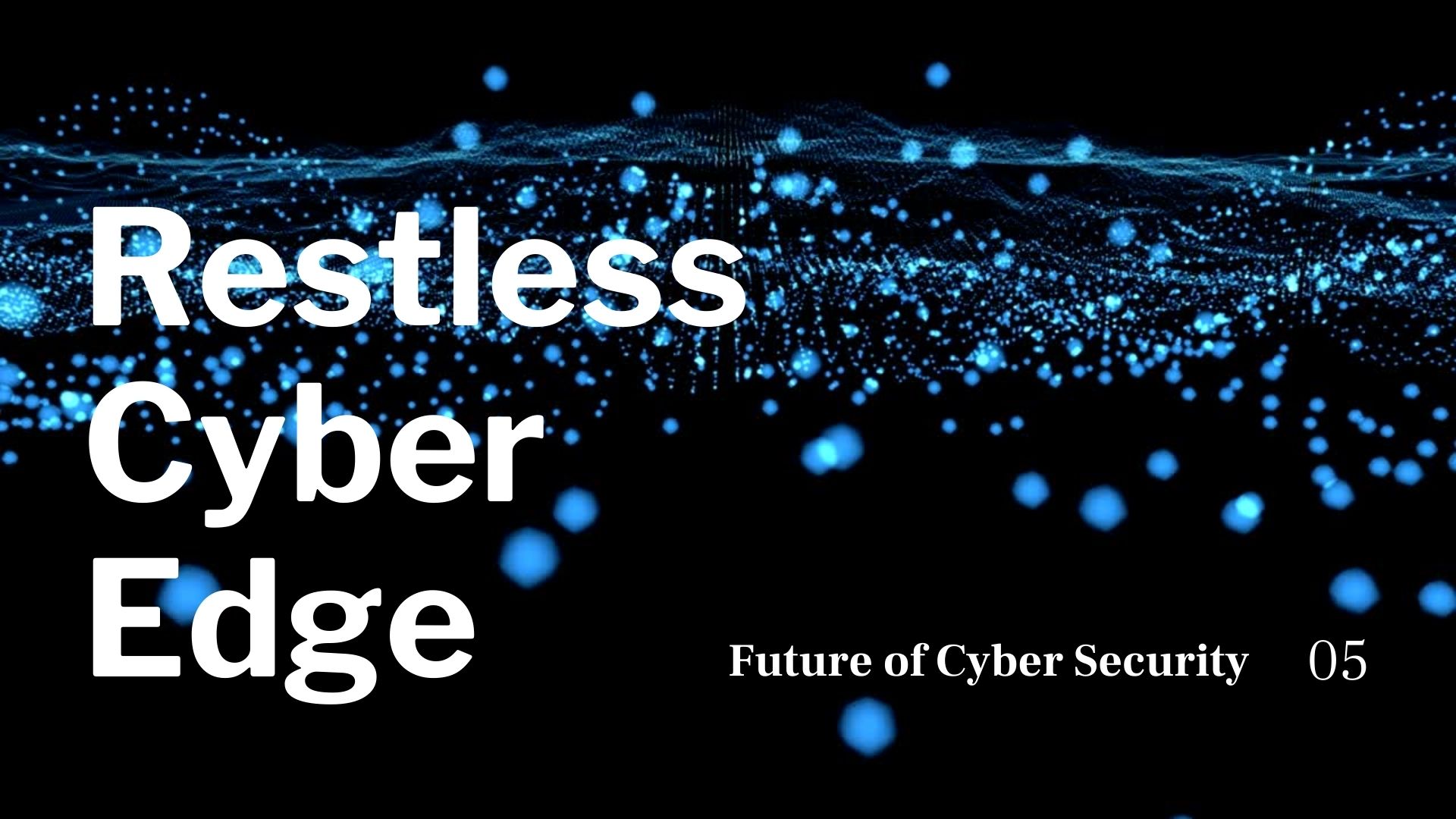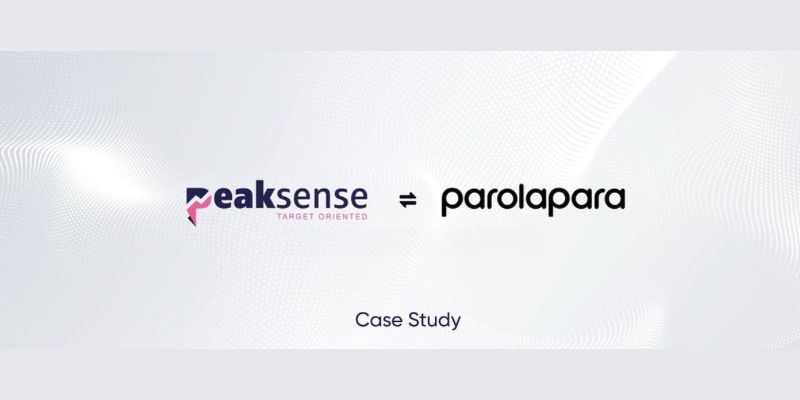Why Cybersecurity Teams Struggle to Communicate – And What Marketers Can Do About It
July 10, 2025, 3 min read
In today’s fast-changing digital world, cybersecurity is no longer a back-office issue. It’s now a boardroom priority.But there’s a big problem.
Cybersecurity teams know the risks. They see the vulnerabilities. They understand the tech.
Yet, many of them struggle to communicate those insights to the people who hold the purse strings — executives, clients, and even other departments.
The result? Misalignment, underused tools, missed investments, and increased risk.
The Communication Breakdown in Cybersecurity
Cyber pros speak a different language. Literally.
While developers, security analysts, and architects are fluent in acronyms like XDR, IAM, and SIEM, most people are not. Executives don’t speak “tech.” They speak risk, cost, and impact.
When cybersecurity experts talk in complex terms, they lose the room. When marketers try to simplify too much, they risk sounding tone-deaf.
That’s the gap. And it’s not just a “nice-to-have” problem. It’s a business risk.
Why This Happens
Here’s the truth: most cybersecurity professionals weren’t trained to communicate.
They were trained to protect systems, detect threats, and fix vulnerabilities.
Soft skills like storytelling, persuasion, or audience awareness?
Those were never part of the curriculum.
Even worse, some fear that simplifying their work will make it sound less important — or inaccurate.
So, instead of translating their work, they stick to what they know.
Real-World Example: The “Shelfware” Problem
Why companies buy expensive cybersecurity tools that never get deployed? Not because they’re bad products.
But because no one explained how they fit into the bigger picture.
No one got buy-in.
No one connected the dots between the tool and the business need.It’s not a technical issue.
It’s a communication issue.
Where Marketers Come In
This is where marketing can shine — but only if it’s done with respect and real understanding.
Cybersecurity marketing isn’t about buzzwords. It’s about translation.
1. Speak the Language of Outcomes
Instead of talking about “zero trust” or “endpoint detection,” focus on what it does.
- ✅ What risk does it reduce?
- ✅ What cost does it save?
- ✅ How does it help the business move faster, safer?
Use real terms. Tell real stories.
2. Use Metaphors That Stick
Metaphors help. A lot.
Think of a firewall like a security guard. Think of data leaks like water escaping through cracks.
Evgeniy often uses metaphors like tents, dogs, and houses to explain technical concepts.
Why? Because they work.
3. Build Trust With the Tech Team
Don’t show up just when you need a quote.
Collaborate from the beginning. Learn what matters to them. Ask them to explain things in their way first — then translate together.
4. Remember the “Nodding But Lost” Audience
You know that person in the meeting who nods but doesn’t ask questions?
They’re not following.
They need you to connect the dots.
Don’t assume knowledge. Bridge the gap. That’s where marketers bring the most value.
5. Make It Human
Behind every tool, dashboard, and alert is a person — stressed, tired, or overloaded.
Marketing should make cybersecurity feel human, not robotic.
Talk about the people behind the protection. The sleepless nights. The decisions. The pressure.
That’s what people relate to. And remember.
Final Thoughts
Cybersecurity teams are brilliant at what they do.
But they can’t always explain it in a way that resonates outside their world.
That’s not their fault.
It’s our opportunity.
Marketers, communicators, and storytellers have a mission — to help translate complexity into clarity.
To turn security into strategy.
To make sure important ideas get heard — and acted on.
Because when communication works, security works.
🚀 Bonus Tip
Want to get better at bridging the gap?
Invite a security team member to your next marketing brainstorm.
You’ll both walk away smarter.




























